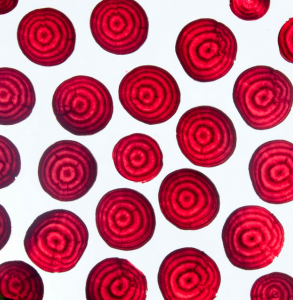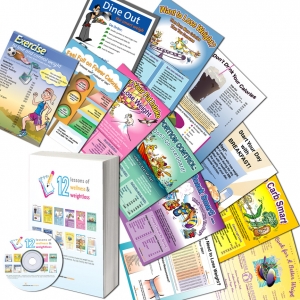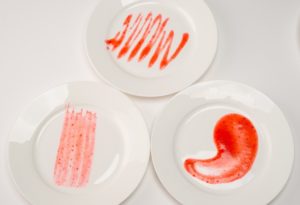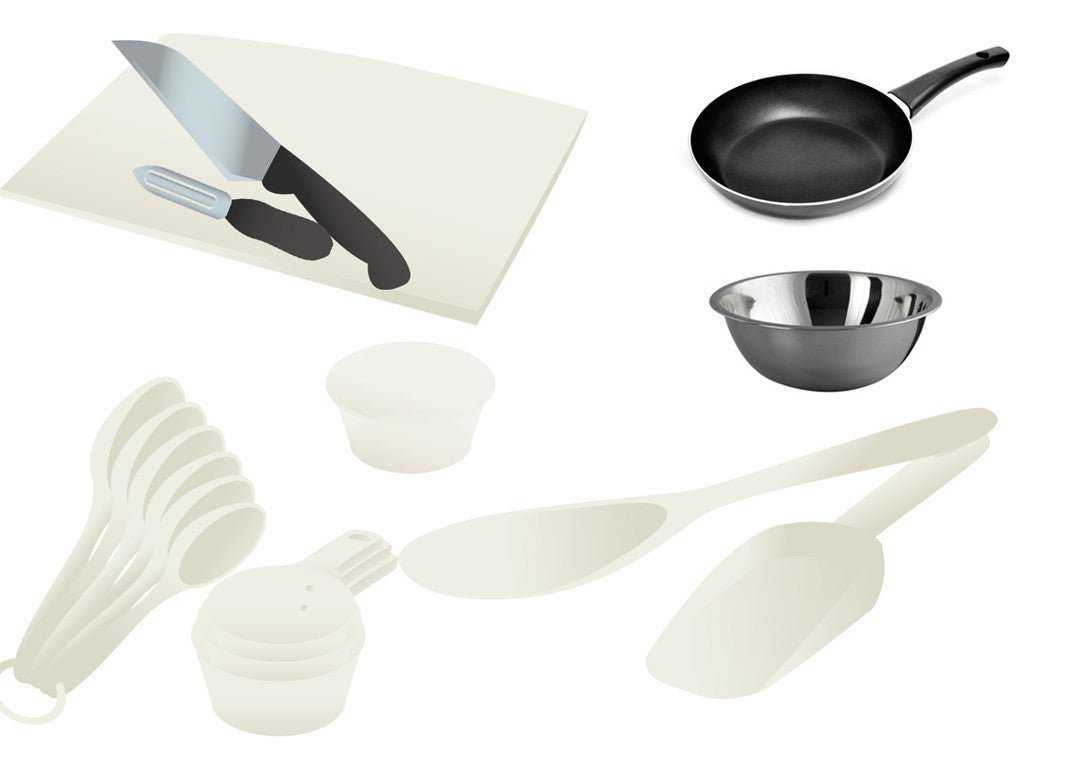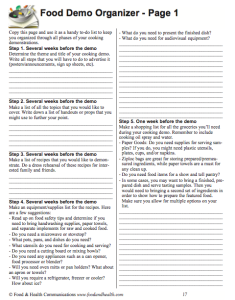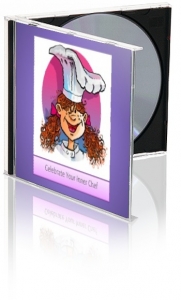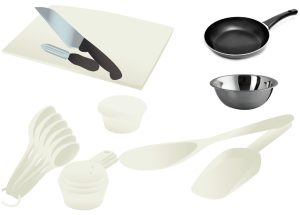Do you have an audience who needs to eat more fruits, vegetables, and legumes? Perhaps they have picky tastes or they do not know how to cook and plan meals? Or maybe they love to cook and they are looking to you for inspiration and healthy eating ideas? Whatever the cause, a cooking demo is a great way to help people learn to eat healthfully. They can be used as part of a wellness program, for marketing a program, or in a classroom setting. You don’t even have to heat anything you can make salads, snacks, and desserts without cooking. Of course you can also go hog wild and cook a few dishes or meals.
Chances are you have a few favorite dishes and cooking techniques that others will want to learn. There is a reason why most parties end up in a kitchen! But if you want some great ideas you are in luck! Here are new ideas for 2018 for fabulous cooking demonstrations.
InstantPot – I have a friend who likes to work very hard and very late in her dental practice. She is a total foodie who loves to cook so she is not giving it up but she is doing it faster! She actually owns two InstantPots and is cooking all of her meals in them. On the day that I visited her kitchen she was slowly cooking a turkey breast in one and a soup in another one. It is all about hands free, fast cooking.
Salad – Develop your own delicious salad using local seasonal ingredients. It could be fun to assemble and prep a bunch of salad fixings and allow people to come up and make their own concoction. Or maybe you want to have a salad challenge on your social media channels.
Dessert – everyone loves dessert. Why not make up some great fruit desserts? Our favorite is banana split with fresh bananas, chocolate sauce, whipped cream, and toasted nuts. Or you can make a fruit soup with blended fresh fruits. And if you really want something clever consider our all-time classic apples with Greek yogurt, honey, and toasted nuts!
Bean tour – what can they do with canned and dried beans? Why not have a bean bootcamp to make soups, chili dishes, dips, and salads using canned and or dried beans? These cook really fast in a pressure cooker or InstantPot and canned are always easy, too. Our favorite lentils cook in just 20 minutes without soaking.
Equipment – maybe you are a total foodie and have some really neat well-vetted equipment or tools that are very useful. You could have a day where you review equipment and how to use it. Of course this could be as simple as a peeler, knives, and a cutting board. Or it could add in InstantPots, microplane graters, Japanese mandolins, food processors, and a variety of steamers. Or maybe it is all about what a rice steamer can do? or how to wash greens in a lettuce spinner?
Local foods – Did you know that millenials are fast becoming part of an $8 billion local food industry? Check out local foods at various markets and farmer’s markets and show how to make what is in season right now.
Regardless of your topic, don’t forget your audience’s skills, culture and budget and remember to consider what your facility looks like. But most importantly be yourself and don’t worry that your ideas and skills won’t impress. Each person has a unique way of cooking and everyone loves to learn a new idea or way of doing things in the kitchen.
If you really want to polish your skills consider one of our books, a salad theme,
or our new upcoming webinar, 10 Successful Strategies for Cooking Demonstrations.
Got a question? Ask us!



